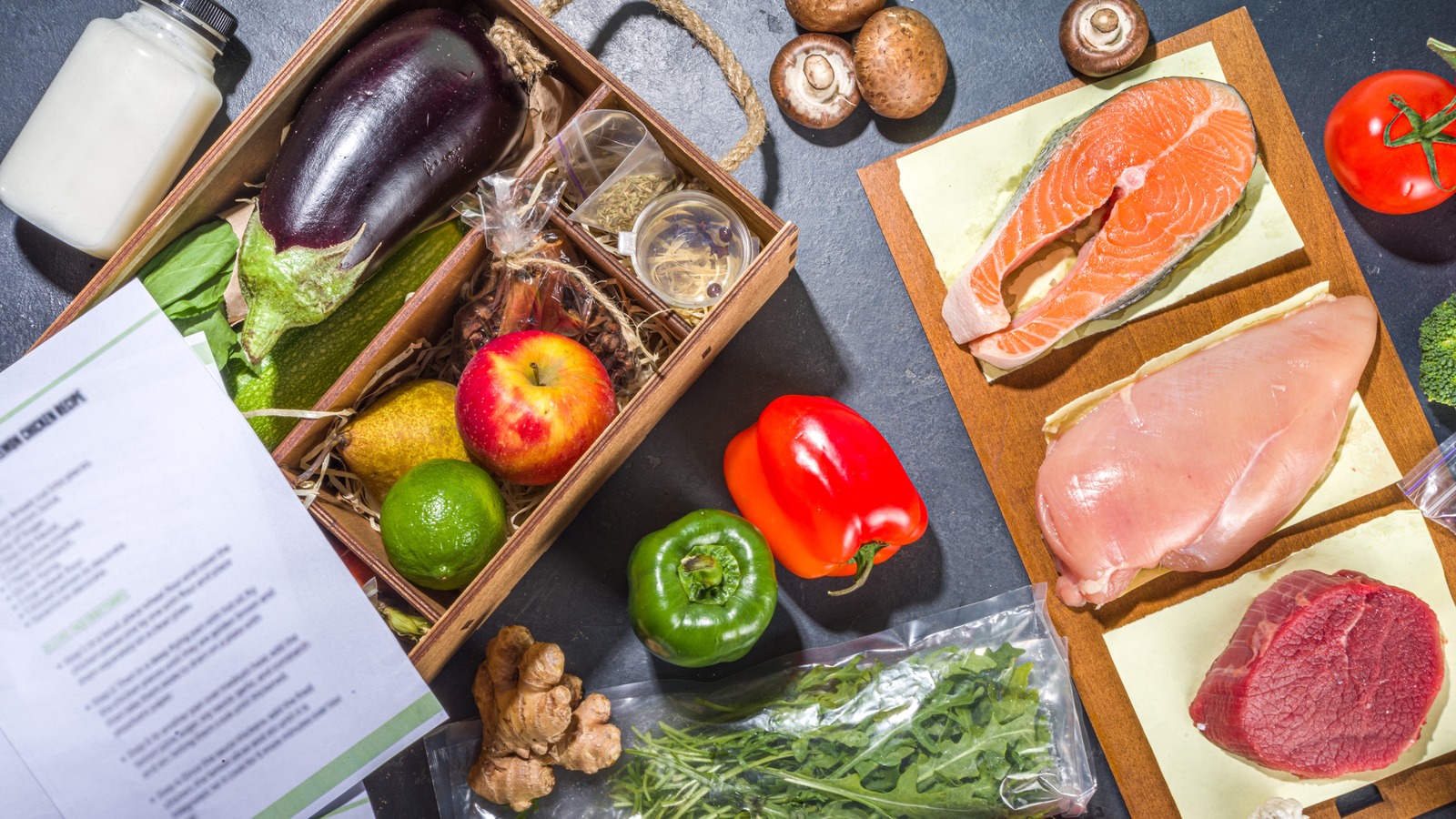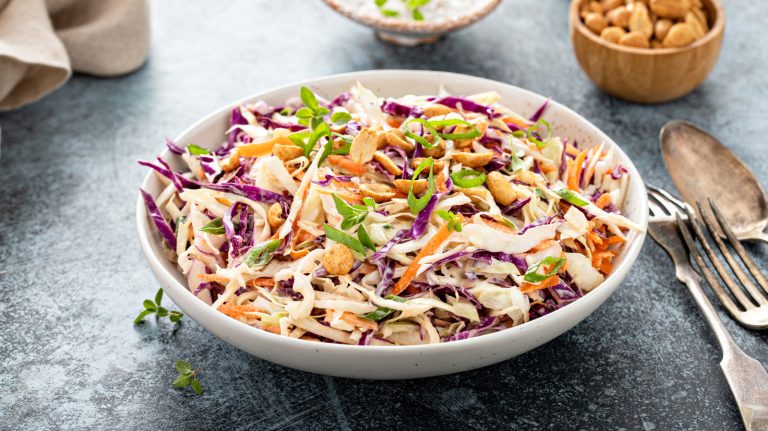Not that long ago, the primary options for getting meals on the table were either: (a) Cook it from scratch, or, (b) order takeout or to-go from a restaurant. Now, there’s an increasingly common time-saving third route. We’re talking about, of course, meal-delivery services. Popular brands like Blue Apron, Daily Harvest, HelloFresh (which even offers extra perks like senior discounts), Purple Carrot, and countless others have sprung up to provide a solution for busy cooks who want all the health, money-saving, and taste benefits of a good old fashioned home-cooked meal, but with a shortcut.
But just how exactly do these companies, known for shipping pre-measured and portioned out produce, protein, and other perishables, keep everything so fresh? The short answer is, a highly calculated and strategic combination of sourcing, packaging decisions, insulation, and speedy ship times working in symphony to ensure food arrives in pristine shape. Since we’re dealing with fresh protein and produce, not just freeze dried or shelf-stable ingredients, this multi-faceted approach is required. This combo of smart packaging, refrigerated gel packs (or dry ice, depending on the season), and speedy ship times all prevent potentially disastrous consequences for the companies and consumers that could arise if food spoiled en route.
Keeping food fresh begins well before it’s packed
Our modern food system is a true marvel — and would look like science fiction to even our grandparents’ generation. Enjoying produce grown halfway across the world is the norm, and we’ve become used to being able to order everything from meat to ice cream online and have them arrive at our doorstep in perfect condition.
Brands and companies like meal-delivery services pull off this modern magic with calculated logistical decisions designed to keep your ready-to-cook meals fresh. To cut down on time in transit, companies source ingredients directly — versus purchasing from the grocery store. And since oxygen is a major adversary to keeping food fresh, components like fresh meat or seafood are vacuum sealed in individual bags to ward off spoilage before it can start. Many companies also operate a fleet of warehouses across the country, so customers are never too far from one of these hubs. Finally, companies carefully monitor complicating factors, like weather, to ensure goods are packed with the right amount of temperature-controlling cool or frozen packs.
In short, while meal-delivery services are all about ease for customers, there’s a highly orchestrated and complex logistical machine running behind the scenes to provide this convenience. If you’re considering trying out one of these services, before signing up the obvious way, check out your local Costco. Many sell discounted gift cards to these meal-delivery platforms, helping you save both money and time.






